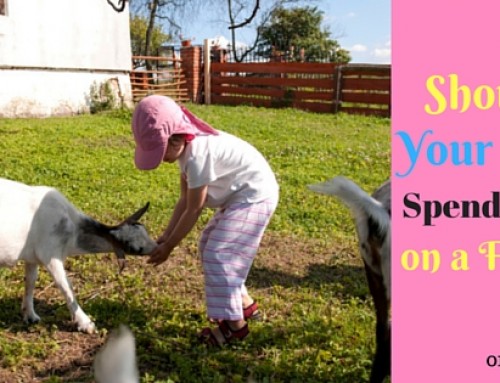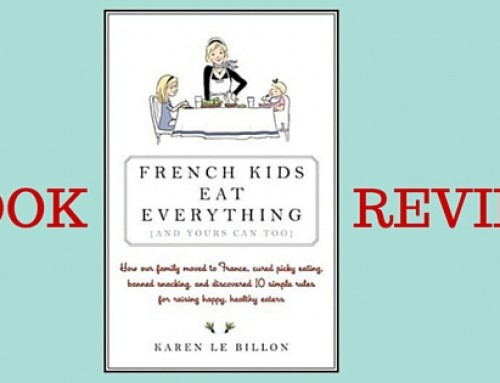This is the second book that I chose to review as I learned many useful and practical lessons from reading it. If you missed the first book review, please go here where I reviewed “The 5 Love Languages in Children”.
The authors of “How to Talk so Kids will Listen and Listen so Kids will Talk” are Adele Faber and Elaine Mazlish. They each studied with a child psychologist, lecture frequently throughout North America, and have written many books together, including ”How to Talk so Teens will Listen and Listen so Teens will Talk”. The authors have appeared on major television talk shows such as Good Morning America and Oprah.
I got this book from the library without knowing much about it and I am glad I did. As my husband did not have time to read it all, I will buy it for our library as I find it useful and if I look for advice on a particular topic, I will know where to find it.
The book is divided in seven chapters:
- Helping children deal with their feelings
- Engaging cooperation
- Alternatives to punishment
- Engaging autonomy
- Praise
- Freeing children from playing roles
- Putting it all together
The book is chockfull of practical examples. It explains many how-to’s. After reading it we do the work by applying what we just read to our families . It also has some practical exercises that we are encouraged not to skip. As I mentioned, it has many, many examples. Just when you think that there will be no more examples, more examples follow. The book even has some comic strips for visual reinforcement.
Below, I have listed some points I learned from the book. I knew some of them and was already doing them unconsciously, but I also found many new ones that I learned to apply.
- Listen to the child attentively and look at them when you talk to them.
- Acknowledge compassionately the child’s feelings.
- Do not deny their negative emotions. We don’t have to agree or disagree with their feelings; we just need to acknowledge their feelings.
- Help the child put a name on their feeling so they understand how they feel in a particular situation. When confronted with a similar situation, they will be able to express themselves verbally. We will be able to understand how they feel and their frustration will lessen.
- Grant them the wish in fantasy. For example if they want to go out to play but it is raining, we can tell them “I wish we could go out too…” so that they know we understand their wish and we would like to make it happen, but it is out of our hands.
- Do not label your child as stubborn, whiny, or anything else. Help them see themselves (and help yourself see them) in a new light, different than the old labels.
- Do not offer them all the answers. Encourage them to find their own answers and their own solutions to various problems. Do not think for them. Write a note with your expectations and let them come up with a plan.
Again, this book has so many examples that it would be unlikely to read it and not get some help on some situations that are similar to the ones you go through. This book helped me improve my communication skills with my children. These are communication skills that I can also use with my husband, the rest of my family, and friends. They are great tools for anyone to use every day.
The book has a few ideas that I see as outdated, but I found those funny and they did not prevent me from enjoying and learning from the book.
After I finished the book, I started reading it again and it amazed me how much sense the book still makes the second time and how much I learn from it. This book is a useful, easy, and relaxing read. It has an upbeat tone and a nice sense of humour. If you have the chance, pick it up. You won’t regret it.
Have you read this book already? What do you think about it?







Leave A Comment